MARKET COMMENTARY
Investment Committee Meeting Highlights
September, 2022
MARKET UPDATE
Equity markets appeared to want to continue July’s rally with the S&P 500 gaining nearly 4% through the first couple weeks in August, only to turn around and give up those gains and fall in the final few days of the month to end down 4.08%. The market reacted to Fed Chair Powell’s hawkish comments in Jackson Hole, which shifted market expectations of the path forward for the Fed. Previously, the market had expected the Fed to be willing to cut rates in the first half of next year, though that expectation has since vanished.
Fixed income also suffered in August, with the Bloomberg US Aggregate Index losing 2.83% as yields rose across the yield curve, though most significantly at the short-end of the curve. No surprise that attention in bond markets continues to be nearly singularly focused on inflation and the Fed, and the reverberations from Jackson Hole sent yields higher and bond prices lower.
Recessionary talk has faded considerably over the few weeks with a strong jobs report showing the economy added over a half million new jobs in July, which was more than double what economists had expected. However, retail sales were flat in July, though prior months were revised upward (making that surprise decline in May disappear), and falling gas prices weighed on the overall number, though providing relief to consumers.
Across the globe, Europe’s energy markets generated headlines with energy costs skyrocketing across much of the continent as Russia cut gas supplies, after severely limiting them in recent months. Spikes in energy costs will put European economic growth into question as well as making tackling inflation for the ECB especially difficult.
Allow us the opportunity to build you a custom Retirement Roadmap and we’ll send you a $100 Gas Card.
ADVISORS’ PERSPECTIVE
Global equity markets have been volatile all summer in both up and down directions. The strong rally from July continued through the first half of August but quickly reversed. The Federal Reserve’s announcement on August 26, 2022, squashed any hopes they would reign back on policy tightening, thus causing volatility to spike. This year has been indecisive for forward volatility measurements.
While yields have risen across every fixed income asset class, certain areas of the market see more volatile shifts as government bond yields move. High yield corporate bonds generally have more duration risk, and one way to visualize this is the magnitude difference between high yield moves compared to those in investment grade corporate bonds and Treasuries. For example, in May and August, the yield to worst of the Bloomberg US Corporate High Yield index had violent shifts, first down, but then spiking back up, while yields in Treasuries were significantly more muted.
Inflation continues to be a hot topic and one likely on the mind of many investors. In Jackson Hole, Fed chair Powell gave a hawkish speech saying the Fed “must keep at it” and focusing his message on the need to tackle price stability. Powell noted there were mixed economic growth signals, though the economy “continues to show strong underlying momentum.” The next FOMC meeting is September 20-21.
Over the last month, economists’ expectations for future inflation were relatively unchanged. As the next few Consumer Price Index reports get released, economists’ expectations are likely to move in the same direction if the reports surprise on the upside or downside. Inflation figures for August will be released on September 13th.
Recession talks lose some steam. A few key components the National Bureau of Economic Research (NBER) looks at have improved over the last month, with notable improvements in personal income, nonfarm payrolls, and industrial production. Retail sales will be one to watch if the slowdown in July is the start of a trend of the consumer cutting back. However, the prior month’s data was revised upward, making last December the most recent month of falling retail sales. Real personal consumption expenditures (PCE) will be a focus as well as inflation continues to take its toll on consumer balance sheets, though the hot labor market has cushioned that blow so far.
DISCLOSURE
This update is not intended to be relied upon as forecast, research, or investment advice, and is not a recommendation, offer, or solicitation to buy or sell any securities or to adopt any investment opinions expressed are as of the date noted and may change as subsequent conditions vary. The information and opinions contained in this letter are derived from proprietary and nonproprietary sources deemed by Hilltop Wealth Solutions to be reliable. The letter may contain “forward-looking” information that is not purely historical in nature. Such information may include, among other things, projections and forecasts. There is no guarantee that any forecast made will materialize. Additional information about Hilltop Wealth Solutions is available in its current disclosure documents, Form ADV, Form ADV Part 2A Brochure, and Client Relationship Summary Report which are accessible online via the SEC’s Investment Adviser Public Disclosure (IAPD) database at www.adviserinfo.sec.gov, using SEC # 801-115255. Hilltop Wealth Solutions is neither an attorney nor an accountant, and no portion of this content should be interpreted as legal, accounting, or tax advice.
Past Meeting Highlights


